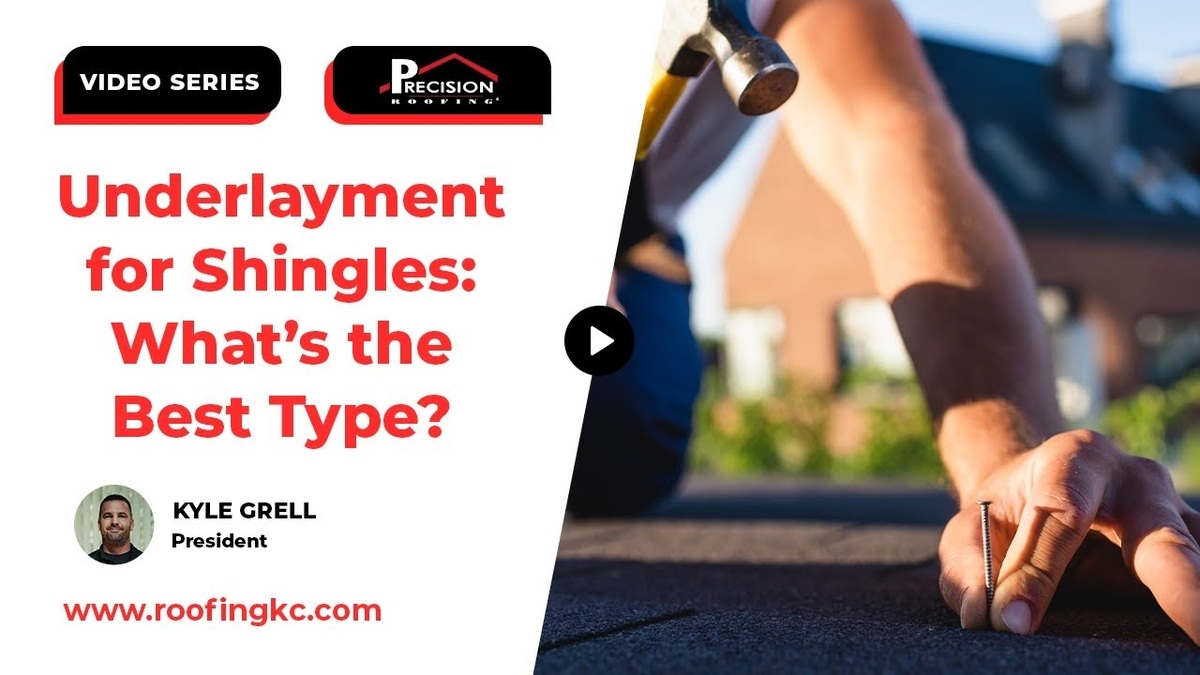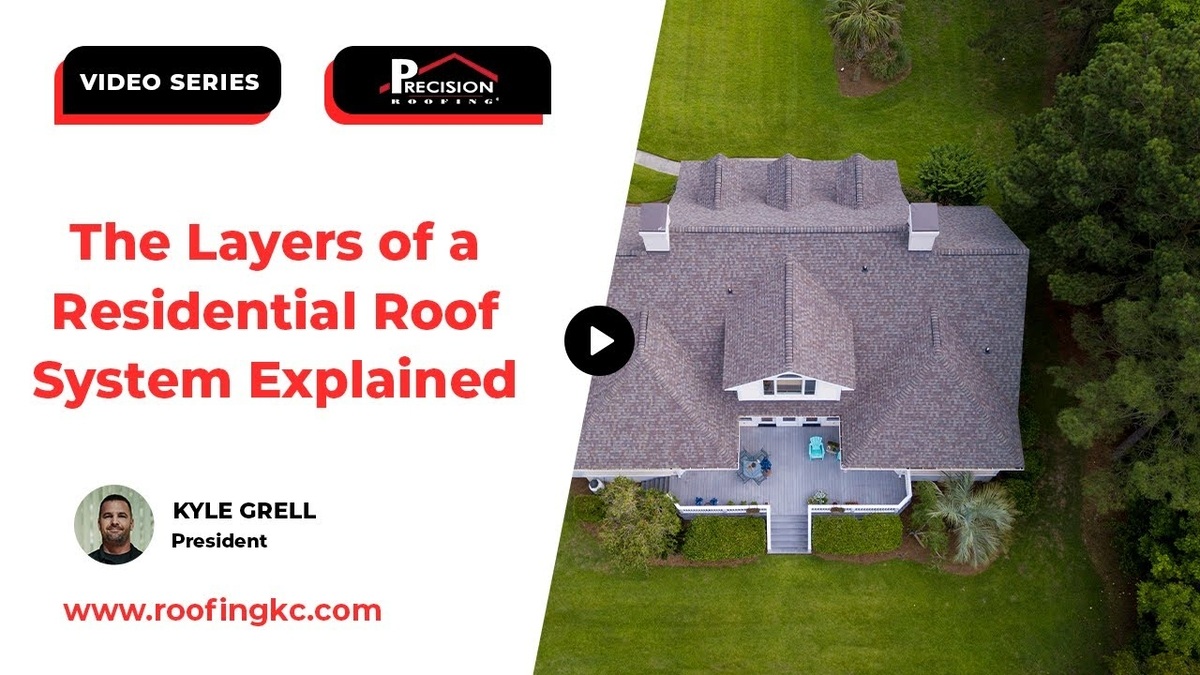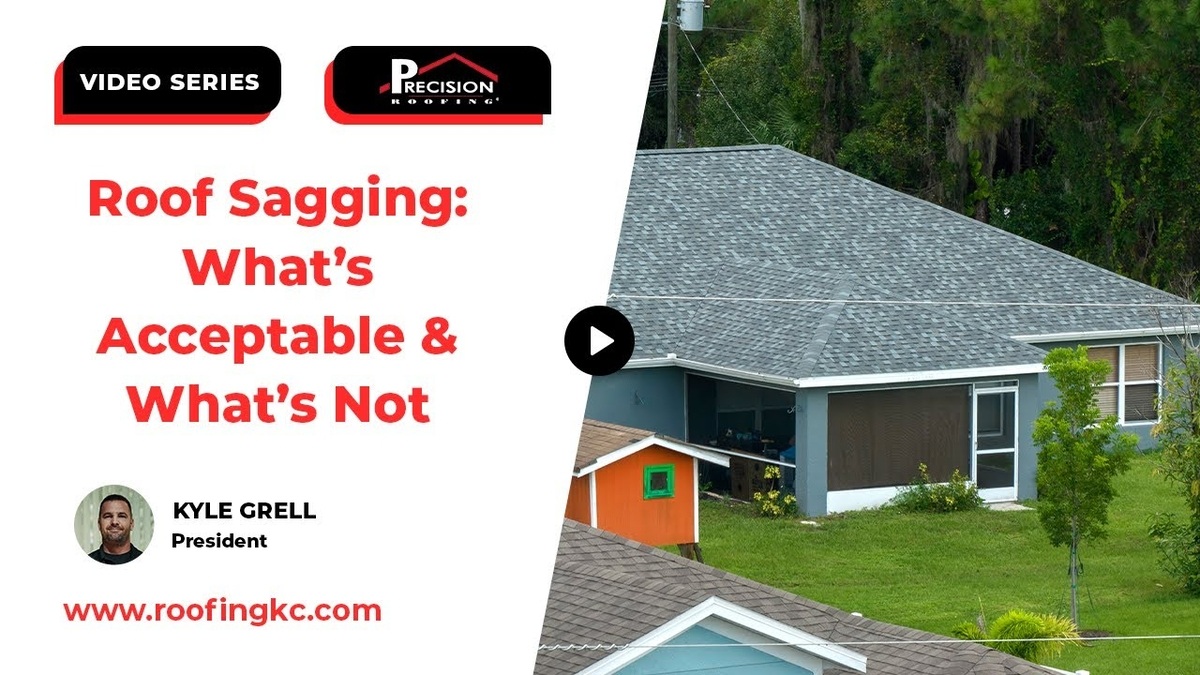After a severe storm, it’s important to understand how storm damage can affect your roof warranty. If your roof is relatively new or still under warranty, knowing what’s covered and what isn’t can help you avoid unexpected costs.
In this post, we’ll break down what typical roof warranties include, why storm damage is usually excluded, and the steps you should take to make sure your warranty remains valid.
What Does Your Roof Warranty Actually Cover?
Material and Labor Coverage
Most roof warranties include two components: the material warranty and the labor warranty. The material warranty is provided by the manufacturer and covers defects in the roofing products themselves, such as shingles that crack or degrade prematurely. The labor warranty is typically offered by your installer and covers errors in workmanship during the installation process.
But here’s the key detail: storm damage is not covered under either warranty. That includes damage from hail, wind, falling trees, fire, or any third-party activity unrelated to product failure or installation errors.
Why Storm Damage Isn’t Covered
Third-Party and Weather Events Are Excluded
Storm damage is classified as an “act of God” or third-party event. Just like a roofer can’t guarantee against someone hitting your car with a shopping cart, they also can’t warranty your roof against a windstorm or a person walking on your shingles with sharp tools. If damage occurs from hail or heavy winds, it becomes a homeowner’s insurance issue, not a warranty issue.
Examples of Non-Covered Damage
- Hail denting or cracking shingles
- Wind lifting or tearing off shingles
- Homeowner or maintenance worker puncturing the roof
- Ice pick damage from trying to remove ice dams
- Fire damage caused by lightning
In all of these cases, the warranty won’t apply because the problem isn’t related to a product defect or improper installation.
How Storm Damage Can Affect Your Roof Warranty
Choosing the Wrong Contractor for Storm Repairs
After a storm, many homeowners rush to patch up their roofs using the first contractor available. But if you allow a different roofing company, not the original installer, to perform emergency repairs, they could unintentionally void your warranty. This often happens when a new contractor:
- Uses incompatible materials
- Installs a different shingle brand
- Punctures the roof unnecessarily when applying tarps
- Walks on hot shingles, causing granule loss or smudging
Even a high-quality roofer can void your warranty simply by using a different product than the original. Once that happens, any future issues may not be eligible for coverage, even if unrelated to the storm.
What to Do After a Storm Hits
Step 1: Call Your Original Roofing Contractor
Your first call should always be to the roofer who installed your roof. Since they issued the warranty and are familiar with the materials and installation process, they are best equipped to:
- Inspect for damage without causing more harm
- Apply emergency tarping using proper techniques
- Recommend repairs that preserve your warranty coverage
Step 2: Avoid DIY Repairs or Unlicensed Help
It might be tempting to get up there yourself or let a handyman fix things temporarily, but even minor mistakes can void your warranty. Avoid putting nails through shingles, scraping ice with metal tools, or using non-matching materials.
Step 3: Let Your Roofer Handle Insurance Coordination
A reputable roofing contractor like us will work directly with your insurance adjuster to document the damage, justify the claim, and ensure repairs are completed to warranty standards.
Why You Should Stick With One Roofing Contractor
Avoid Confusion and Finger-Pointing
Using the same contractor for your roof installation and repairs prevents future issues during resale or home inspections. If a home inspector sees different types of shingles or a repair that doesn’t match the rest of the roof, it can raise questions and possibly reduce your home’s value.
By sticking with one contractor, you avoid warranty confusion and ensure all documentation and repairs are consistent and traceable.
Key Takeaways
- Storm damage can affect your roof warranty if you take the wrong steps after a weather event.
- Most warranties don’t cover weather-related damage or third-party errors.
- Using a contractor other than the one who installed your roof can void your warranty, even if they do good work.
- Always call your original roofer first for an inspection and to maintain your warranty coverage.
- Avoid DIY repairs or hiring unlicensed help for emergency fixes.
Need Help After a Storm? Contact Precision Roofing
We understand how stressful storm damage can be. That’s why we make the process simple. If your roof has been hit by wind, hail, or falling debris, call Precision Roofing for a thorough inspection and professional advice on what to do next. We’ll work with your insurance and help you protect your investment, without risking your roof warranty.
Contact us today to schedule a storm damage inspection.



